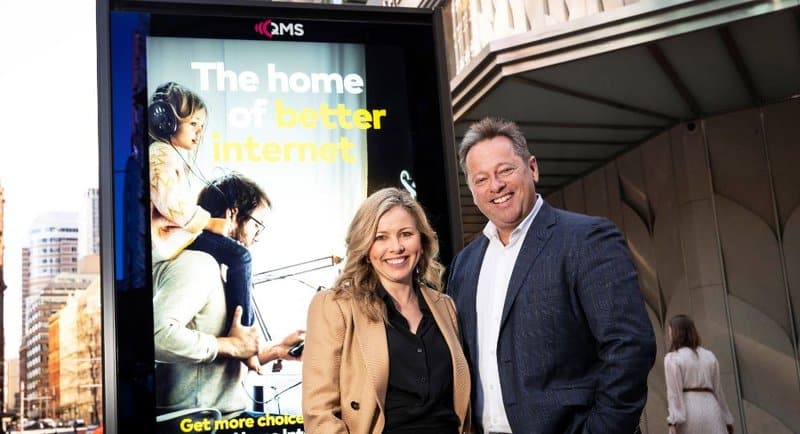QMS has launched its new City of Sydney street furniture network that encapsulates 26 square kilometres of Sydney, comprising of the CBD and the 33 suburbs.
The campaign-based selling for its City of Sydney street furniture network will be open from 29 August, which was marked with an event at Sydney Town Hall on Thursday.
Before the festivities, QMS’ general manager Jemma Enright and chief customer officer Mark Fairhurst spoke to Mediaweek about the network’s wide reach and measuring it, the impressive sustainable-friendly technology behind the furniture, and what they hope to achieve next.
Finally rolling out
The digital outdoor media company delayed the rollout of its new City of Sydney network due to two disruptions: Covid, specifically omicron, and prolonged heavy rainfall, which impacted the supply chain and workforce issues.
Fairhurst said: “There’s always a silver lining, and that is that now we’re launching 29 August. The CBD is back to life, and we’re in that roll into Q4 and Christmas, which is the highest demand period for the network. We’ve got the city back to life, and we’ve got a brand-new network in the most important geography in Sydney.”
As noted earlier, the network encompasses 26 square kilometres of Sydney, including the CBD and the 33 suburbs. Enright said: “This is the first time advertisers have been able to buy these 26 square kilometres as one combined part of Sydney. It’s a powerhouse audience driver for advertiser campaign.
“Previously, some areas of the CBD were digitised, but the suburbs were largely static. We’ve now got the ability to run campaigns digital throughout the whole geography,” Fairhurst noted.
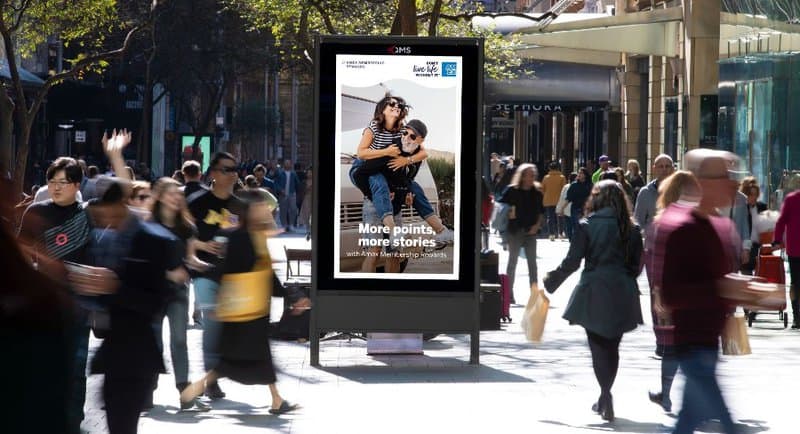
The new City of Sydney network increases digital in the network tenfold, making it the country’s most comprehensive digital street furniture offering. He said: “For the first time, the City of Sydney can be bought as one iconic 26 square kilometre powerhouse, reaching 2.6 million people a week, two-thirds of whom live right across the Greater Sydney region.
“QMS will be able to deliver a Sydney audience like never before, with a street furniture network that redefines the benchmark for digital out of home,” Fairhurst added.
With foot traffic in the Sydney CBD rising, Enright said they are pleased with the bounce back and what it means for campaign reach.
“The reach potential of the CBD is absolutely there, and good timing for our launch. So, we’re pretty confident we can deliver that scale according to advertisers’ need,” she said, noting that QMS tracks their audience levels using its own DSpark Mobility Data and provides that information to the market.
Going digital has never been this green!
An impressive example of panels can be seen dotted along Pitt Street, which features an array of eye-catching communication panels and bollards that stand 86 inches tall. The ads appear vibrant and defined, both up close and at a distance.
Telstra telephone boxes stand beside a few of the communication panels, and while it may seem like an obstruction to the screen display, it is, in fact, a functional piece of infrastructure.
Enright explained that the phones are installed by Telstra throughout the city under the Telecommunications Act for the community.
Fairhurst explained that one side shows an advertisement, while the side facing the telephone phone displays a communication channel for the city to promote events or services, such as Vivid.
Aside from the freestanding units, the network also includes bus shelters, kiosks, bins, seats, and automated public toilets that will be revamped later in the rollout.
Acclaimed architects Grimshaw alongside QMS designed the 100% GreenPower energy-powered network. This was based on the City of Sydney’s philosophy of equal access for all, long-life sustainability and future-proofed data and technology capability, delivered to current accessibility and inclusivity standards.
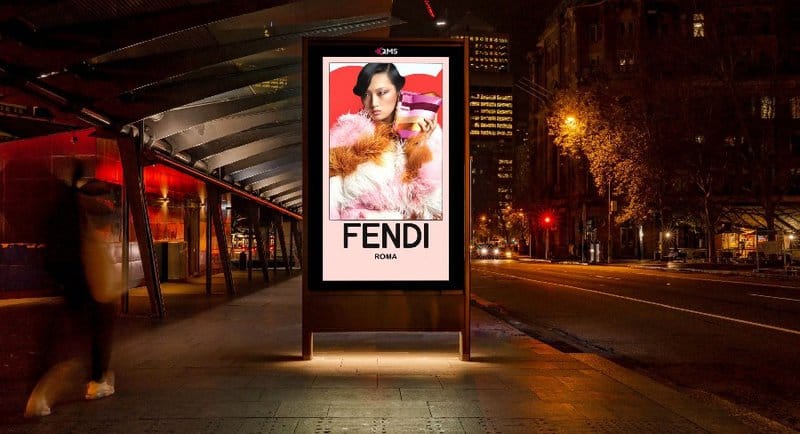
Fairhurst noted that environmental sustainability was a crucial part of negotiations with the City of Sydney as it is part of its vision for the future. He said: “There were many requirements around recyclable materials, low-energy output, lighting, screens, water-saving technology and so on.
“The renewable energy is done through green power, and the energy source is a wind farm near Dubbo,” he revealed.
The CCO added that the sustainability aspect of the City of Sydney network resonated with their whole team, who appreciate the progress and positive actions taken by the company.
Fairhurst said: “This contract has put us ahead of the game. We are supporters of the OMA’s industry initiative, Net Zero. Because of commitment here, we’ve had to accelerate our progress, not just with the City of Sydney but across our whole portfolio.
“I think it’s something to hang your hat on and something to keep improving. City of Sydney independently assesses us, and as the contract rolls on, we must demonstrate improvement over time. That drives innovation and gets us thinking about how we can improve that broader network,” he added.
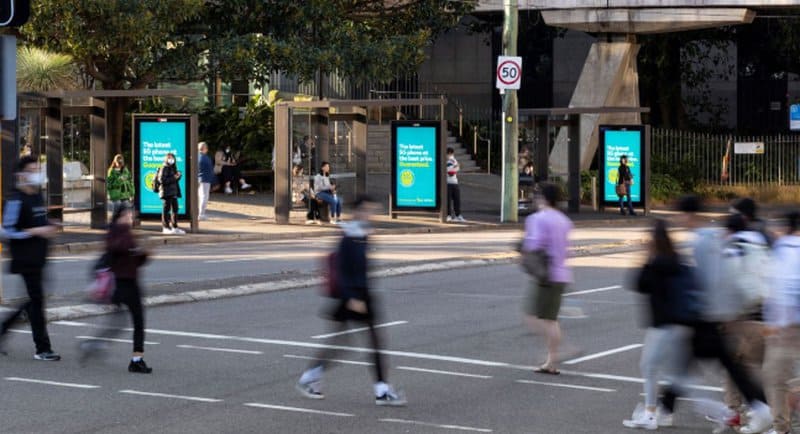
An example of such improvements includes replacing screens as required or when necessary and demonstrating developments in lowering energy consumption.
With most of the network digitised, Enright noted differences between the way the markets are price digital and static campaigns.
With buying campaigns, she said that static is priced premium. “In the past, digital has been by super premium. Because we’ve got a lot of digital in our network combined with the audience bounce back, it is highly efficient to buy a digital campaign in the City of Sydney,” she said.
Ad bookings for campaigns on the network are proving to be hot property and highly in demand among advertisers and agencies as it is almost sold out ahead of its closing in September.
Looking ahead
Beyond the QMS launch, Enright noted that fostering long-term partnerships with their key cornerstone is part of their roadmap moving forward.
“As we open to the market, we’ve already secured several other partners that will come on the journey with us. We work deeply and closely with them to look at innovations, new ways to use the network moving forward, and to understand the effectiveness of the network,” she said.
QMS is also looking at creative and innovative ways to use the network to dominate key areas of Sydney to highlight upcoming events such as WorldPride 2023 and Mardi Gras.
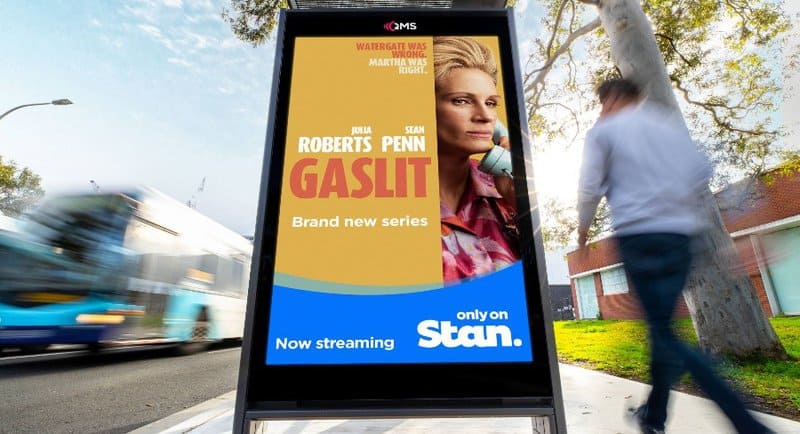
Enright added: “Of course, special builds as well in the network. How can we, beyond the units themselves, bring creativity to life on the streets of Sydney. So, we’ll also be doing work around that with advertisers to explore all sorts of avenues that this network can add value.”
Fairhurst noted that the network provides a fantastic opportunity to use world-class datasets and digital capability effectively.
“In this geography, it’s the first time you can buy 100% digital across those 33 suburbs. With the datasets and some work we’ve done with Neuro-Insight, for example, we’ve proven that an evolving story across a day or a week has a higher impact than a static image talking to you every day,” he said.
“If we can use those datasets and work with our partners to tell a story and evolve their offer, then we think we can prove that it’s a highly effective network that is self-sustaining and grows partnerships, not just with the City of Sydney but across our broader portfolio,” Fairhurst added.
–
Top image: Jemma Enright and Mark Fairhurst
